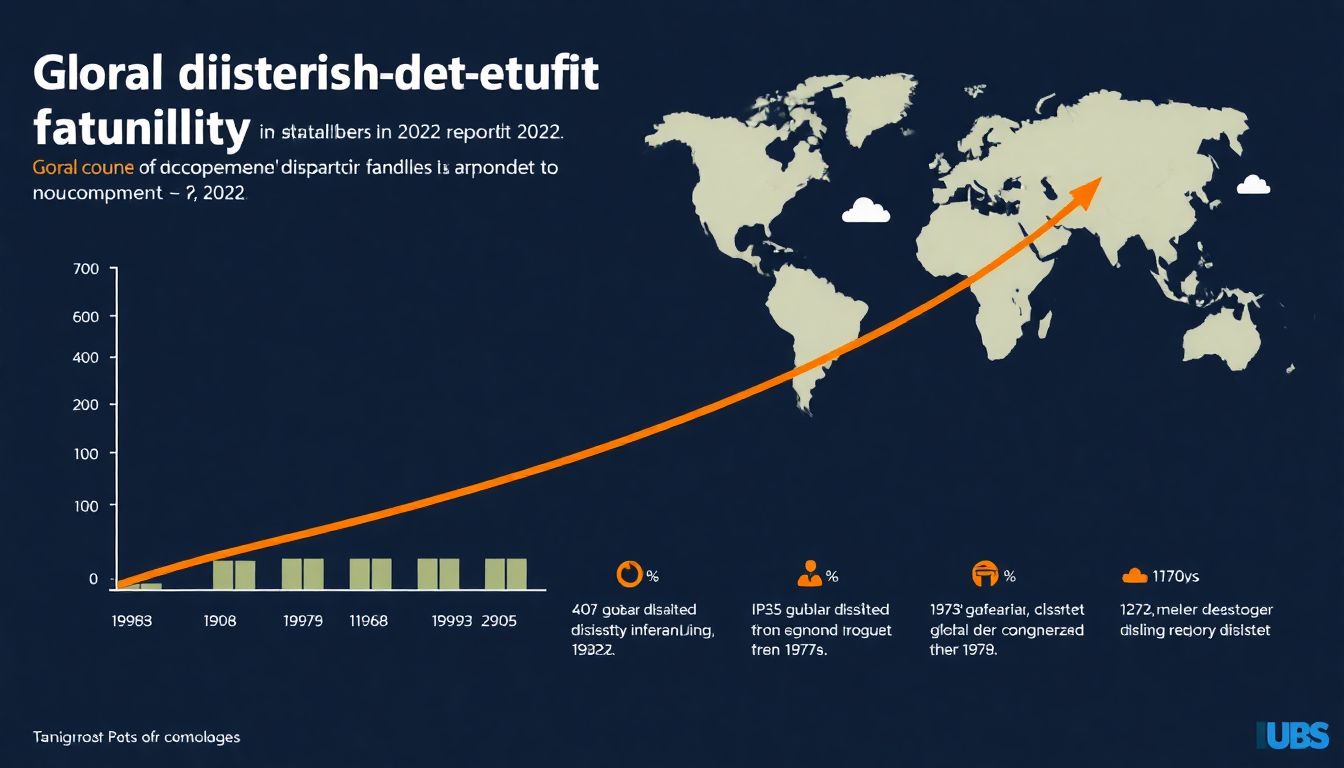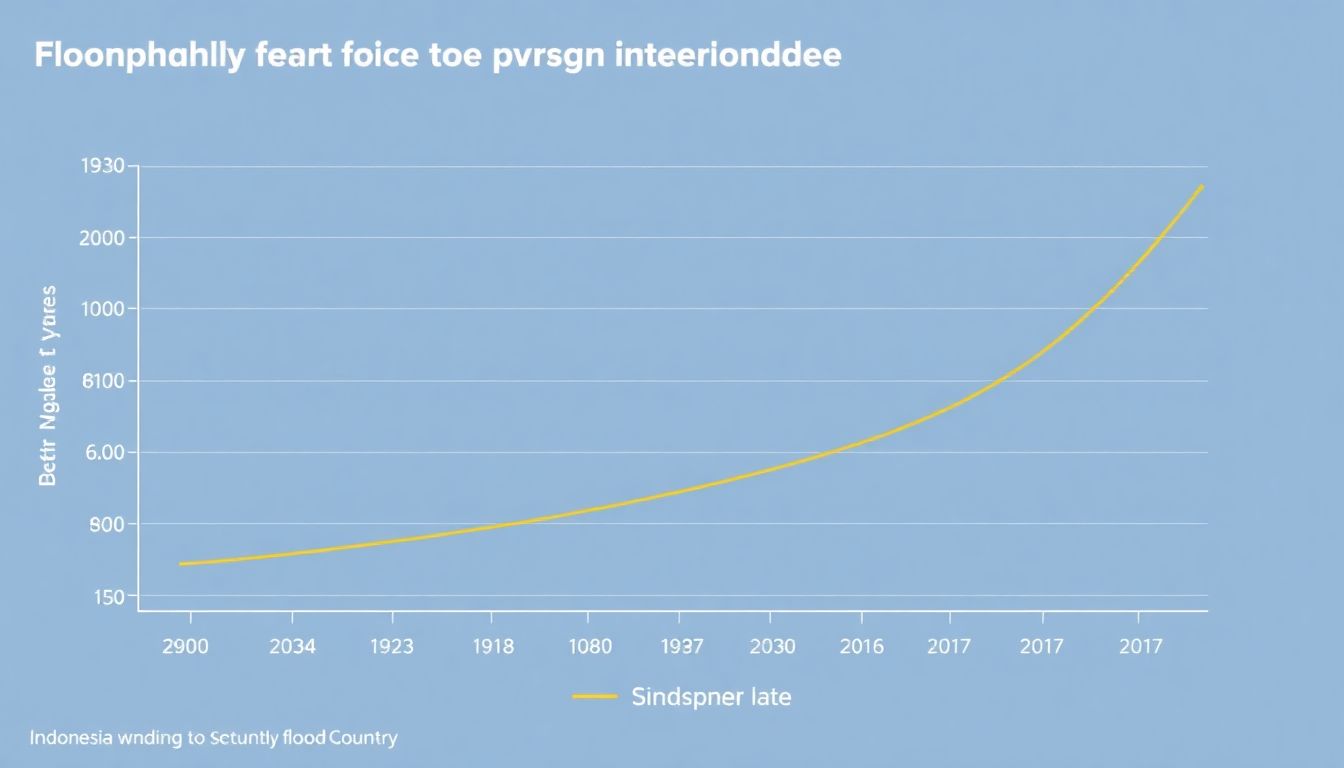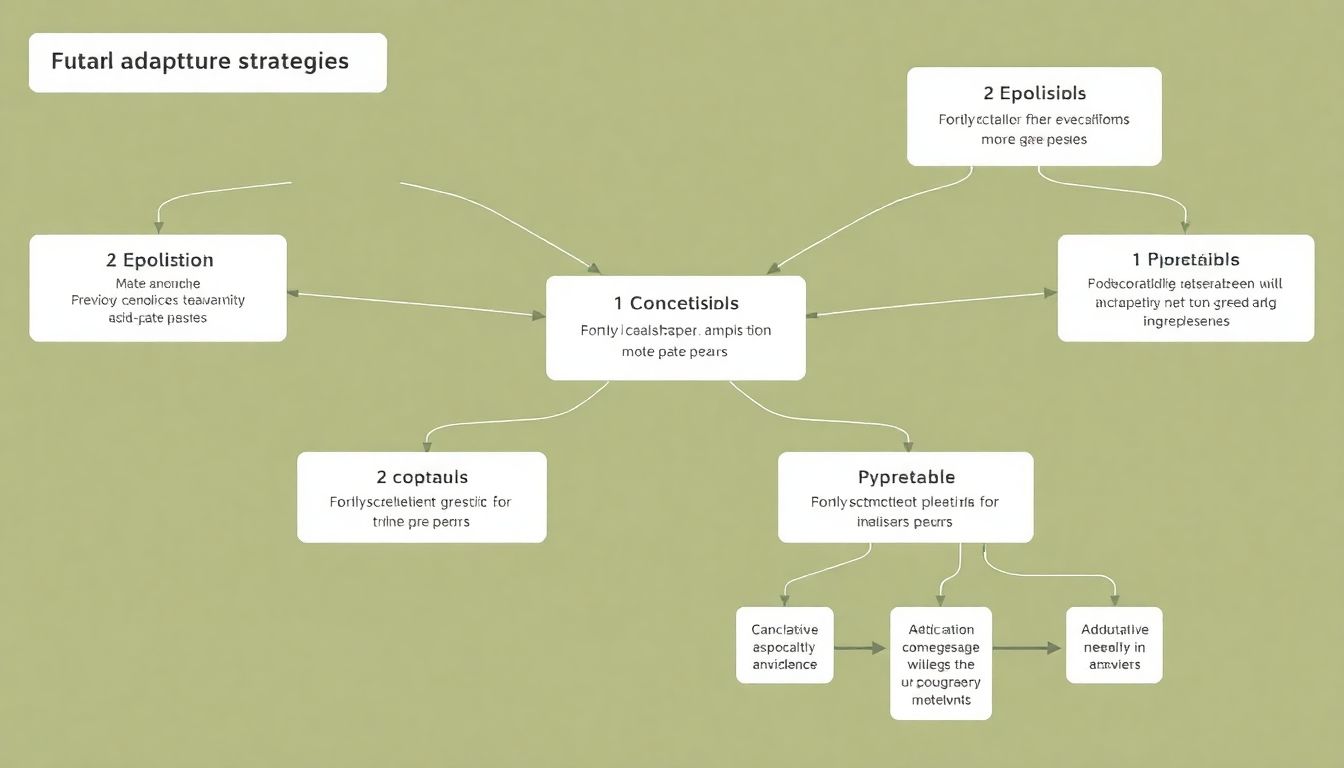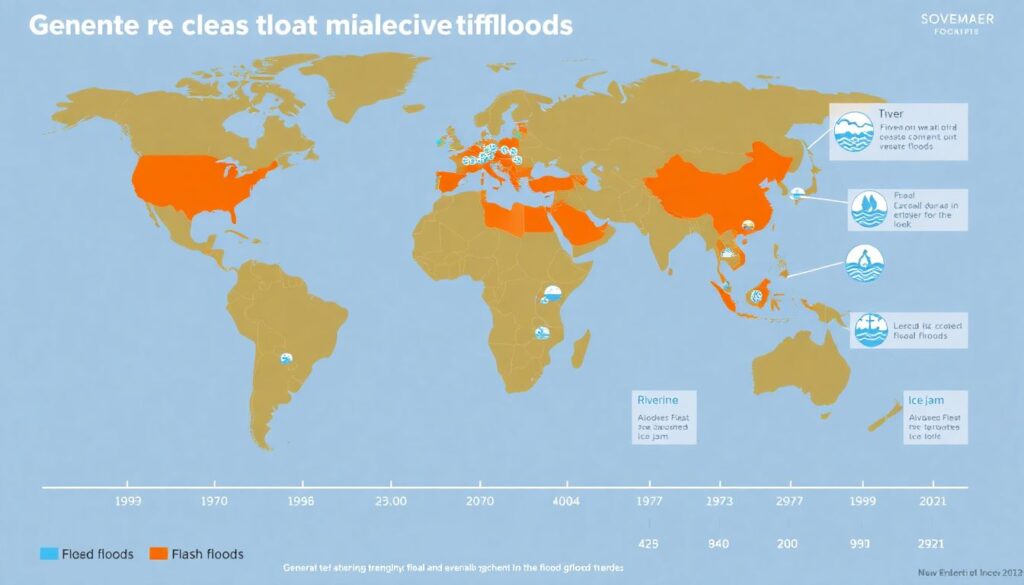Welcome to this insightful exploration of disaster risk reduction in the wake of catastrophic floods. This article delves into the complex relationship between major flood events and the actions taken to mitigate future risks. Join us as we navigate through scientific discourses, global trends, and real-world case studies to uncover the myths and realities surrounding disaster adaptation.
A Comprehensive Analysis of Global Flood Events and Their Impact on Adaptation
Imagine a vivid global map, the world’s continents and countries outlined in thin black lines, the oceans a serene blue. This isn’t your typical map, though. It’s a stark visualization of humanity’s grapple with one of nature’s most formidable forces: floods. Countries like Bangladesh, India, China, and Vietnam are shaded in deep blues and purples, signifying their severe impact from floods. Icons are scattered across the map, each representing a different type of flood. There are squiggling lines for riverine floods, crashing waves for coastal floods, jagged ice crystals for ice jam floods, and lightning bolts for flash floods. At a glance, you can see that Asia is particularly vulnerable to riverine floods, while coastal floods predominantly impact South East Asia and North America.
Now, let’s add another layer to this map: a timeline that stretches from 1970 to 2021, marked with significant milestone flood events. In 1971, a deadly tropical cyclone in Bangladesh caused one of the most devastating floods in history. Fast forward to 1993, and you’ll find the Mississippi River flood, one of the most costly floods in the United States. In 2010, Pakistan experienced catastrophic flooding that affected over 20 million people. And in 2021, Europe witnessed extensive flooding, with Germany and Belgium among the hardest hit.
This map isn’t just a geography lesson; it’s a visual testament to the global impact of floods. It’s a reminder of the power of nature and the importance of preparedness and prevention. It’s a call to action for climate change mitigation and adaptation. Each icon, each shade, each milestone tells a story of resilience, loss, and the ever-changing relationship between humans and water.

Understanding the Global Trends
Since the 1970s, global trends in disaster-related fatalities have significantly fluctuated, largely influenced by major catastrophic events. The 1970s and 1980s witnessed high fatalities due to notable disasters such as the 1976 Tangshan earthquake and the 1983–1985 famine in Ethiopia. However, the overall trend shows a decline in disaster-related fatalities, thanks to advancements in early warning systems, improved infrastructure, and better disaster management strategies. Despite this progress, the increasing frequency and intensity of weather-related disasters due to climate change pose new challenges.
The 2022 Intergovernmental Panel on Climate Change (IPCC) report underscores the urgent need for continued efforts in disaster risk reduction. The report emphasizes that while there has been progress in reducing disaster-related fatalities, the changing climate threatens to reverse these gains. Key findings highlight the increasing risks of heatwaves, droughts, and extreme weather events, which disproportionately affect vulnerable populations. The IPCC report calls for integrated approaches to disaster risk management, including investment in resilient infrastructure, enhanced early warning systems, and improved disaster response mechanisms.
Understanding what prompts countries to take measures to mitigate disaster-related fatalities presents both scientific and practical challenges. Scientifically, there is a need for:
- Accurate data collection and analysis to identify trends and patterns in disaster-related fatalities.
- Interdisciplinary research to understand the complex interplay between environmental, social, economic, and political factors that influence disaster risk.
- Development of robust models to predict future disaster risks and assess the effectiveness of mitigation strategies.
Practically, countries face several barriers in implementing disaster risk reduction measures. These include:
- Limited resources and financial constraints, particularly in low- and middle-income countries.
- Competing priorities and political will, which can lead to disaster risk reduction being deprioritized.
- Lack of coordination and integration among different sectors and stakeholders involved in disaster management.
- Inadequate public awareness and education about disaster risks and preparedness.

The Role of Disasters in Risk Reduction
The role of disruptive disasters in stimulating ambitious risk reduction actions has sparked a vigorous debate among researchers and policymakers. Some studies suggest that catastrophic events serve as ‘focusing events’, galvanizing societies to implement sweeping reforms and bolster resilience. For instance, the 2004 Indian Ocean tsunami triggered significant improvements in early warning systems across affected regions. Similarly, the 2011 Tohoku earthquake and tsunami led Japan to reassess and strengthen its nuclear safety measures and coastal defenses.
However, contrasting findings from other studies paint a less optimistic picture. Some researchers argue that disasters do not necessarily lead to enhanced risk reduction; instead, they may provoke knee-jerk reactions that address symptoms rather than root causes. For example:
- Post-Hurricane Katrina, while there were improvements in levee systems, broader issues like urban planning and social vulnerability received less attention.
- Following the 2010 Haiti earthquake, the influx of aid did not translate into robust, long-term risk reduction strategies due to lack of coordination and political instability.
Furthermore, there is a risk of ‘maladaptive responses’, where actions taken in the aftermath of disasters inadvertently increase vulnerability. This can happen when hastily implemented policies or infrastructure projects have unintended consequences. For instance, relocating communities without considering their livelihoods and social networks can exacerbate poverty and social isolation. Similarly, constructing flood defenses that protect one area can sometimes divert water to other vulnerable locations, merely shifting the problem elsewhere.
To maximize the potential for disruptive disasters to stimulate positive change, it is crucial to foster an environment that encourages learning and adaptive policymaking. This includes:
- Promoting evidence-based decision-making that considers the complex interplay of social, economic, and environmental factors.
- Enhancing stakeholder collaboration to ensure that risk reduction measures are inclusive and aligned with community needs.
- Investing in robust monitoring and evaluation systems to track the effectiveness of implemented actions and make necessary adjustments.

Assessing the Impact of Milestone Floods
Examining the impact of milestone flood events on subsequent disaster mortality rates in 23 countries reveals a complex narrative of resilience and vulnerability. Milestone flood events, defined as catastrophic floods that cause significant loss of life and property, have long been speculated to trigger improvements in flood management and preparedness. However, the reality is far from straightforward. To unravel this conundrum, researchers delved into a comprehensive dataset spanning several decades, aiming to identify patterns and trends that could inform global disaster management strategies.
The methodology employed in this study was meticulous and multifaceted. Firstly, researchers identified milestone flood events in each of the 23 countries, ensuring that these events met predefined criteria for severity and impact. Then, they analyzed disaster mortality rates in the years following these milestone events, using advanced statistical models to account for variations in population, economic development, and other relevant factors. The study also incorporated case studies and qualitative data to provide a holistic understanding of the context surrounding each milestone event.
The findings of the study were both illuminating and sobering. Contrary to popular belief, significant reductions in flood fatalities post-milestone events were rare. In fact, many countries continued to experience high mortality rates from subsequent floods, despite the presumed improvements in infrastructure and preparedness. This counterintuitive finding suggests that the impact of milestone flood events is not as straightforward as previously thought. The study identified several factors contributing to this phenomenon, including:
- Inadequate policy changes or enforcement post-disaster
- Insufficient investment in flood mitigation infrastructure
- Limited public awareness and education about flood risks
- Complex socio-economic factors that exacerbate vulnerability

Implications for Future Adaptation Strategies
The findings of the study paint a stark picture of the future that lies ahead if current trends persist. Rising temperatures, increasing sea levels, and more frequent extreme weather events are not just distant possibilities, but imminent realities. These changes will have profound implications for how we live, work, and interact with the natural world. To navigate this challenging landscape, future adaptation strategies will need to be more than just reactive; they must be proactive, anticipating and mitigating risks before they become catastrophes.
Proactive adaptation involves recognizing the inevitability of climate change and planning accordingly. This could mean investing in infrastructure that can withstand higher temperatures and more severe storms, or developing agricultural practices that can tolerate changes in precipitation patterns. It also involves fostering resilience in communities, ensuring they have the resources and knowledge to bounce back from climate-related disruptions. This shift from reactive to proactive strategies requires a fundamental change in how we think about risk and preparedness.
However, implementing these proactive measures requires more than just scientific knowledge or good intentions. It necessitates policy changes that prioritize risk reduction and climate resilience. Here, the concept of ‘policy punctuations’ comes into play. Policy punctuations refer to significant shifts in policy that can drive effective risk reduction. These can be triggered by focusing events like natural disasters, or by political changes that create windows of opportunity for new legislation.
To drive effective risk reduction, policymakers should consider several key actions:
- Incorporating climate change considerations into all policy domains, from urban planning to healthcare.
- Incentivizing private sector involvement in climate resilience efforts.
- Encouraging public awareness and engagement to build support for ambitious climate policies.
- Fostering international cooperation to share best practices and learn from successful adaptation strategies around the world.
By embracing these proactive measures and leveraging policy punctuations, we can turn the challenges revealed by the study’s findings into opportunities for meaningful change.
FAQ
What is the significance of the 2022 IPCC report in the context of disaster risk reduction?
Why is it important to understand the conditions for transformative adaptation?
What are the contrasting findings from studies on the role of disasters in risk reduction?
How does the study assess the impact of milestone flood events on subsequent disaster mortality rates?
What are the implications of the study’s findings for future adaptation strategies?
- The study suggests that adaptation policy punctuations triggered by milestone flood disasters are uncommon.
- Most countries do not show a significant reduction in flood mortality rates after milestone events.
- This indicates that historically, in the most flood-affected countries, milestone flood disasters have generally been unassociated with a reduction in fatalities.
- Future adaptation strategies should focus on proactive measures and policy interventions to drive effective risk reduction.









